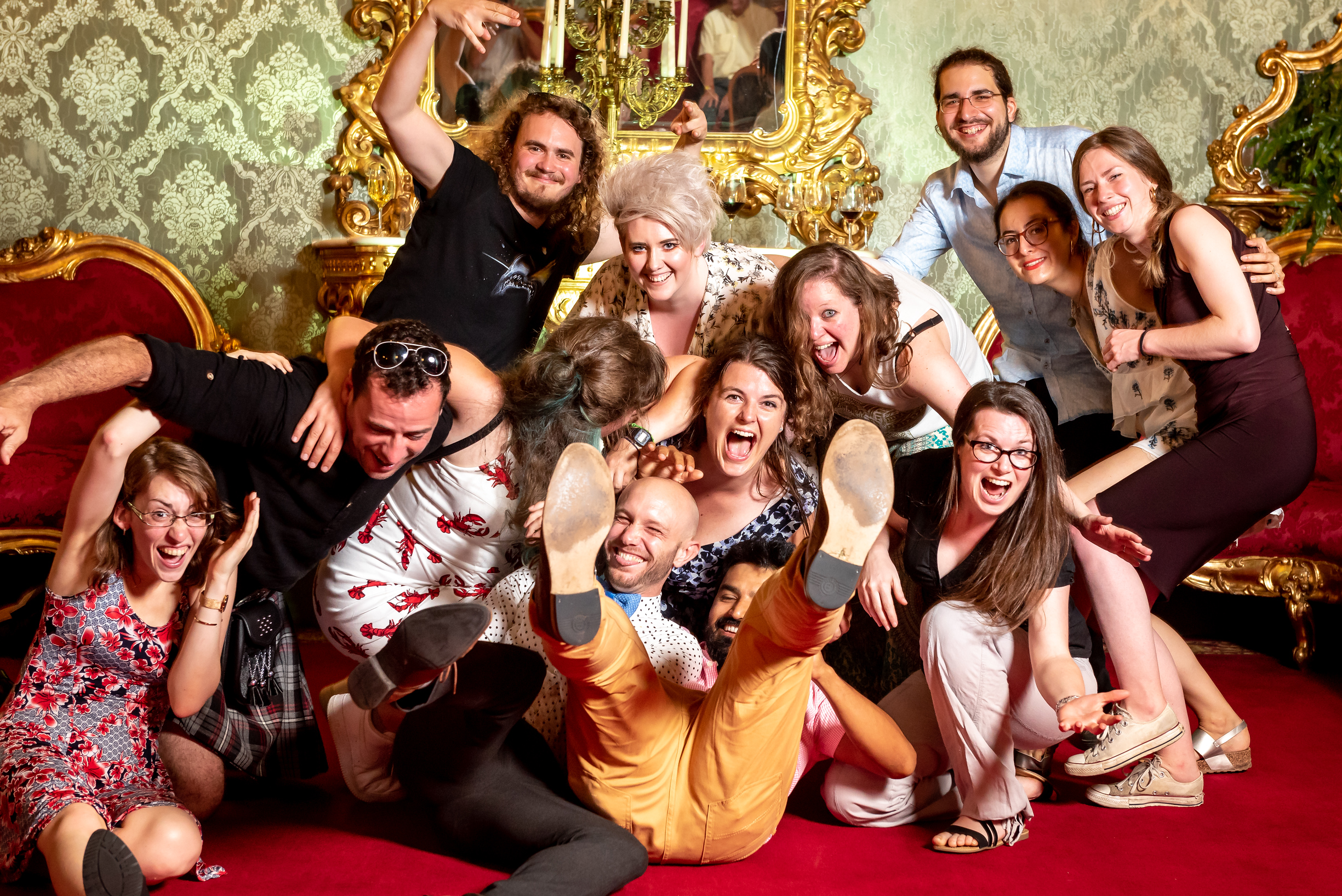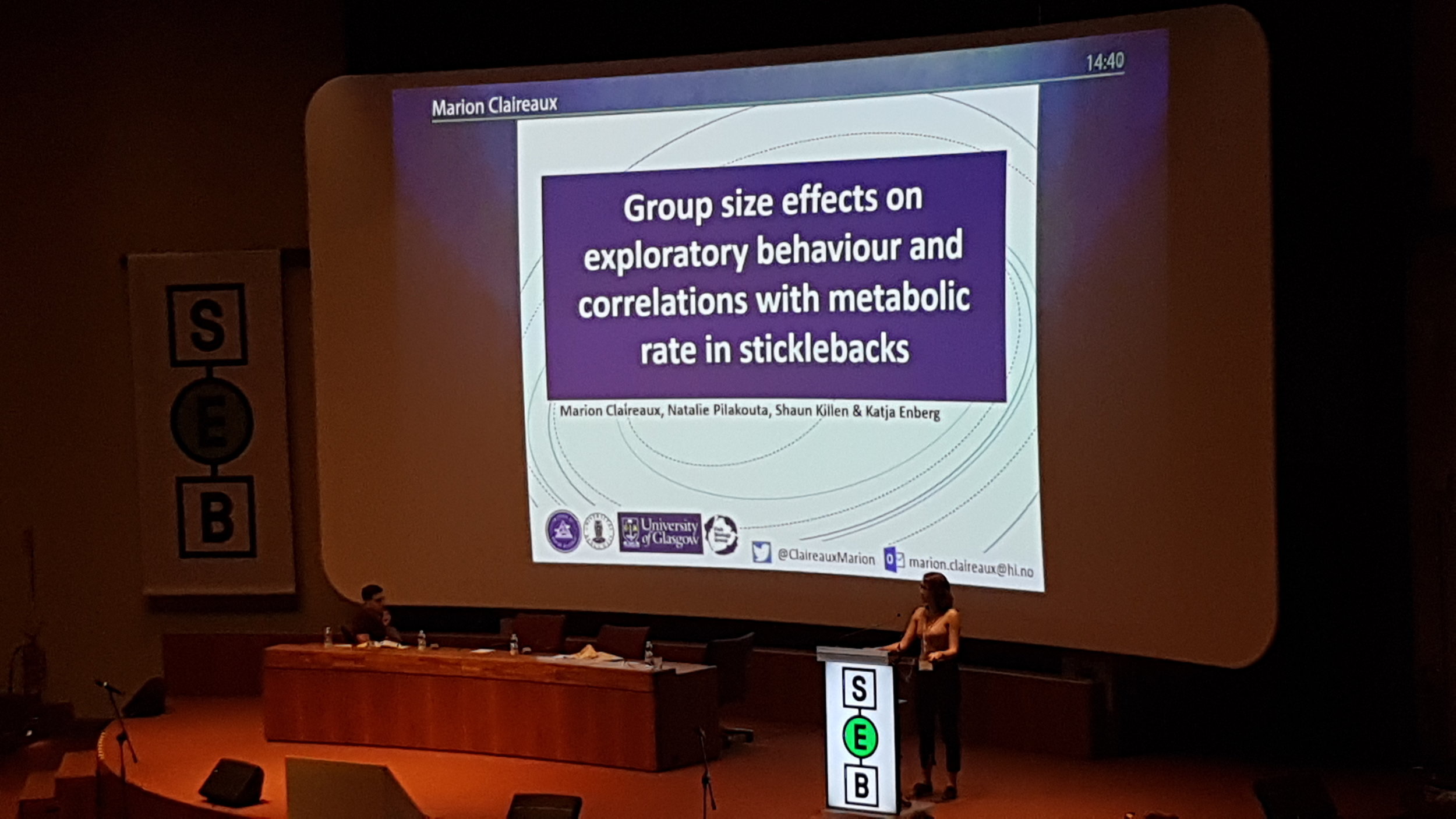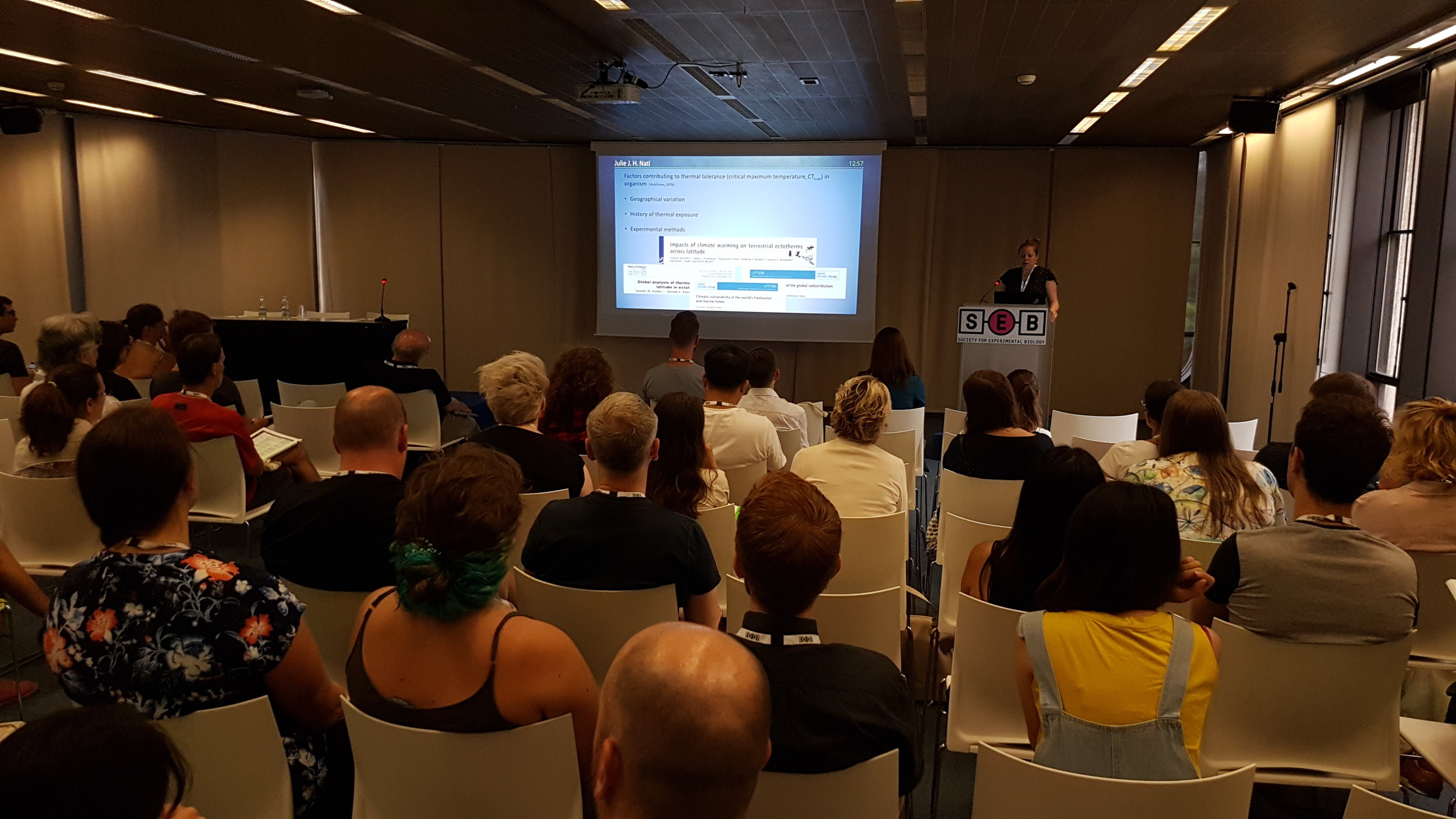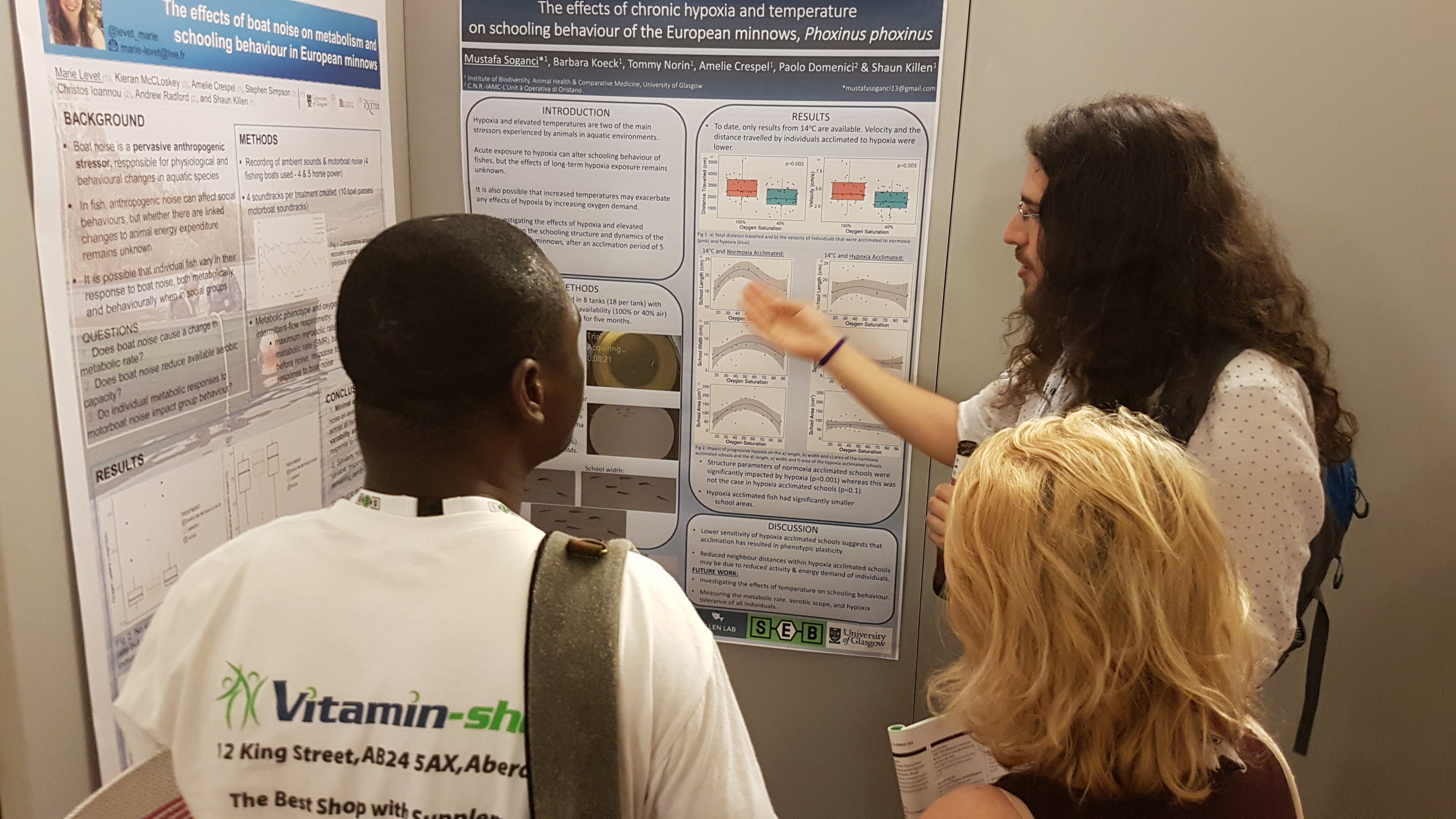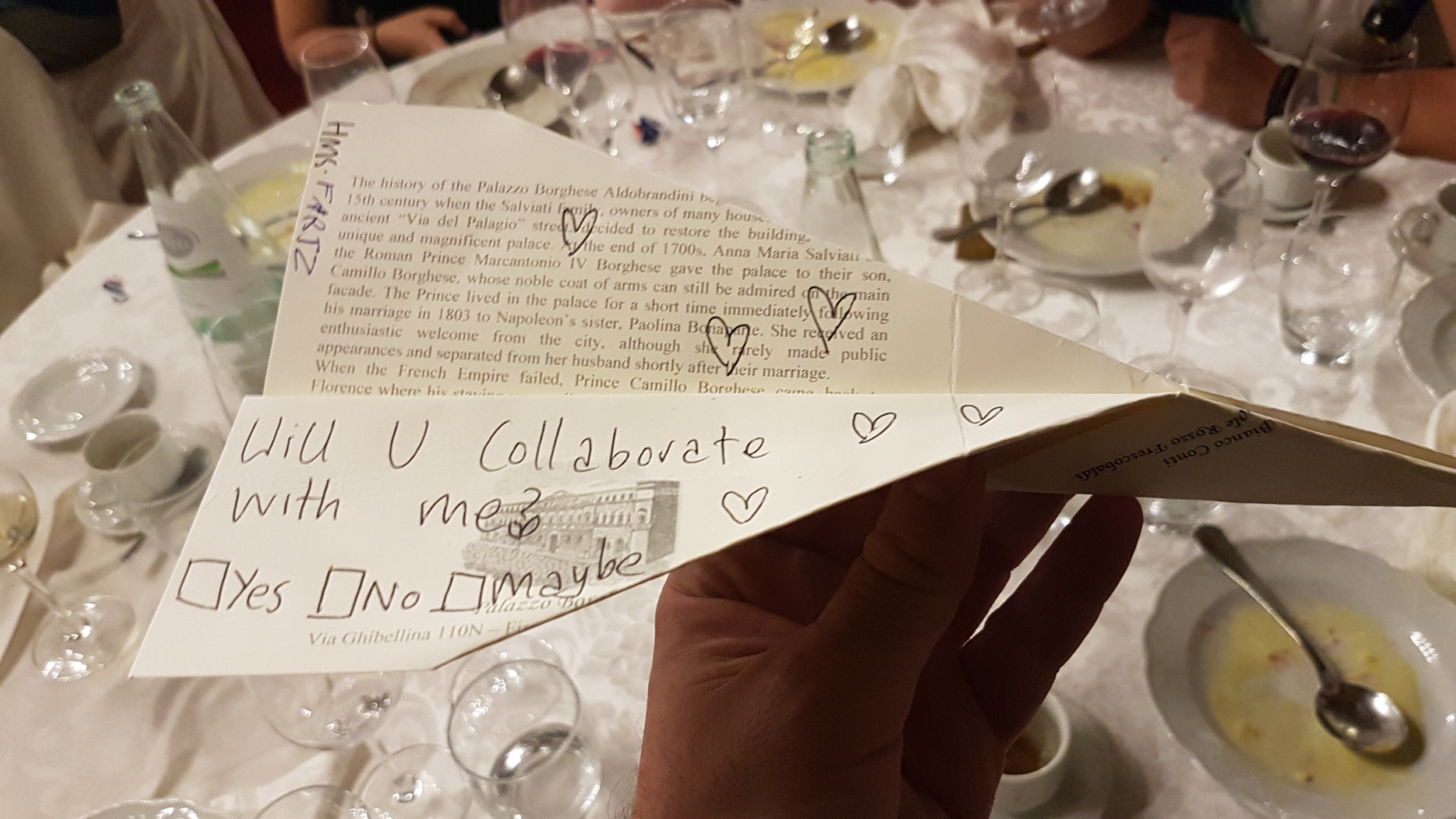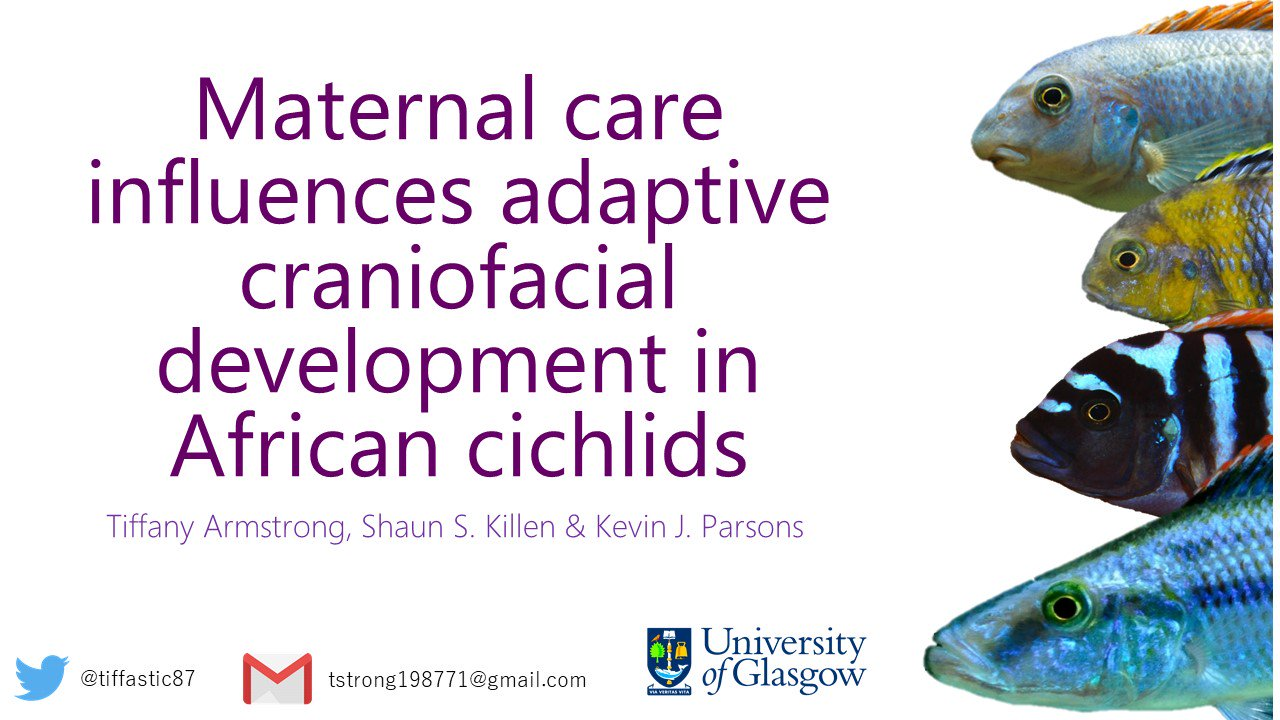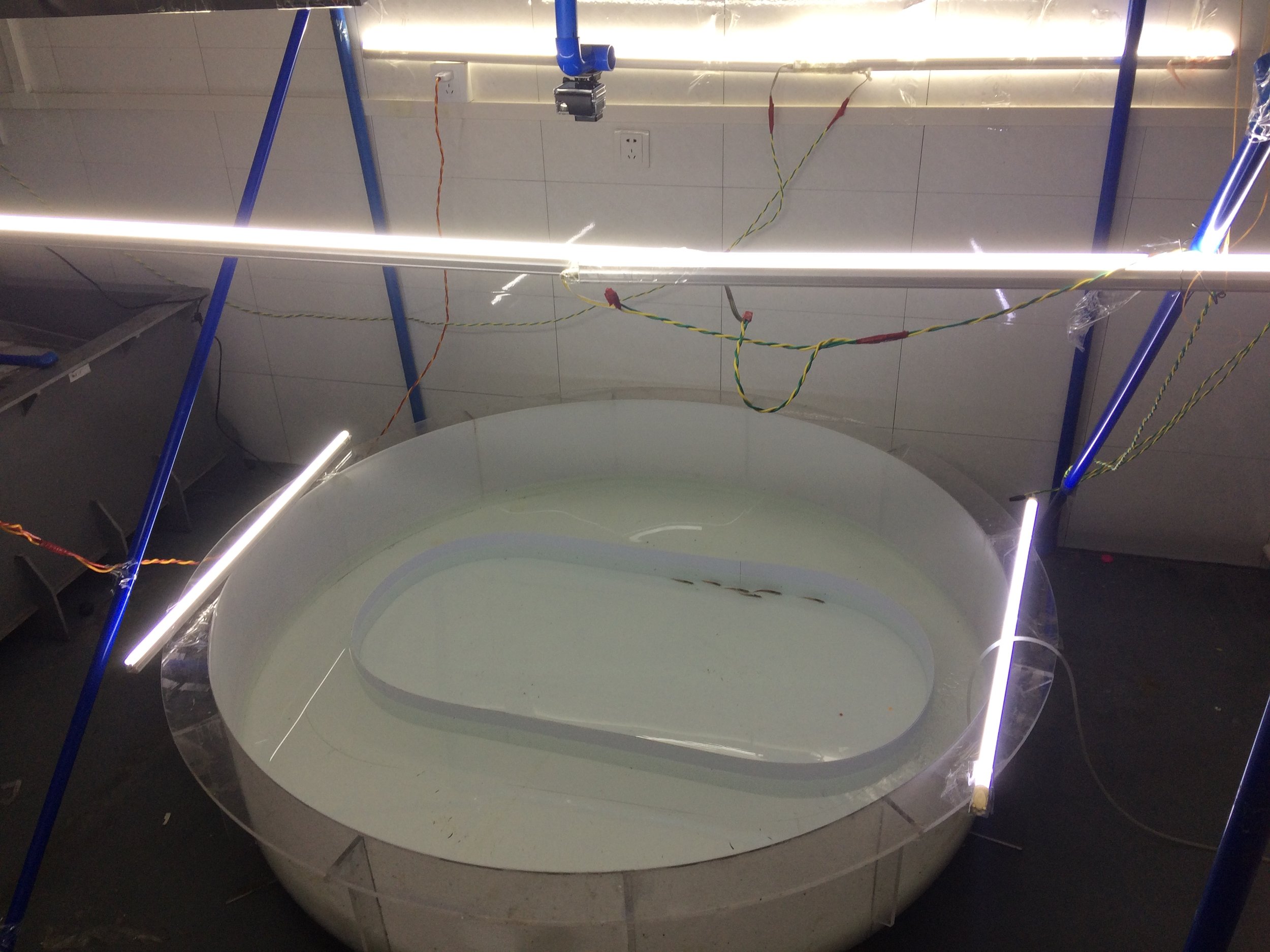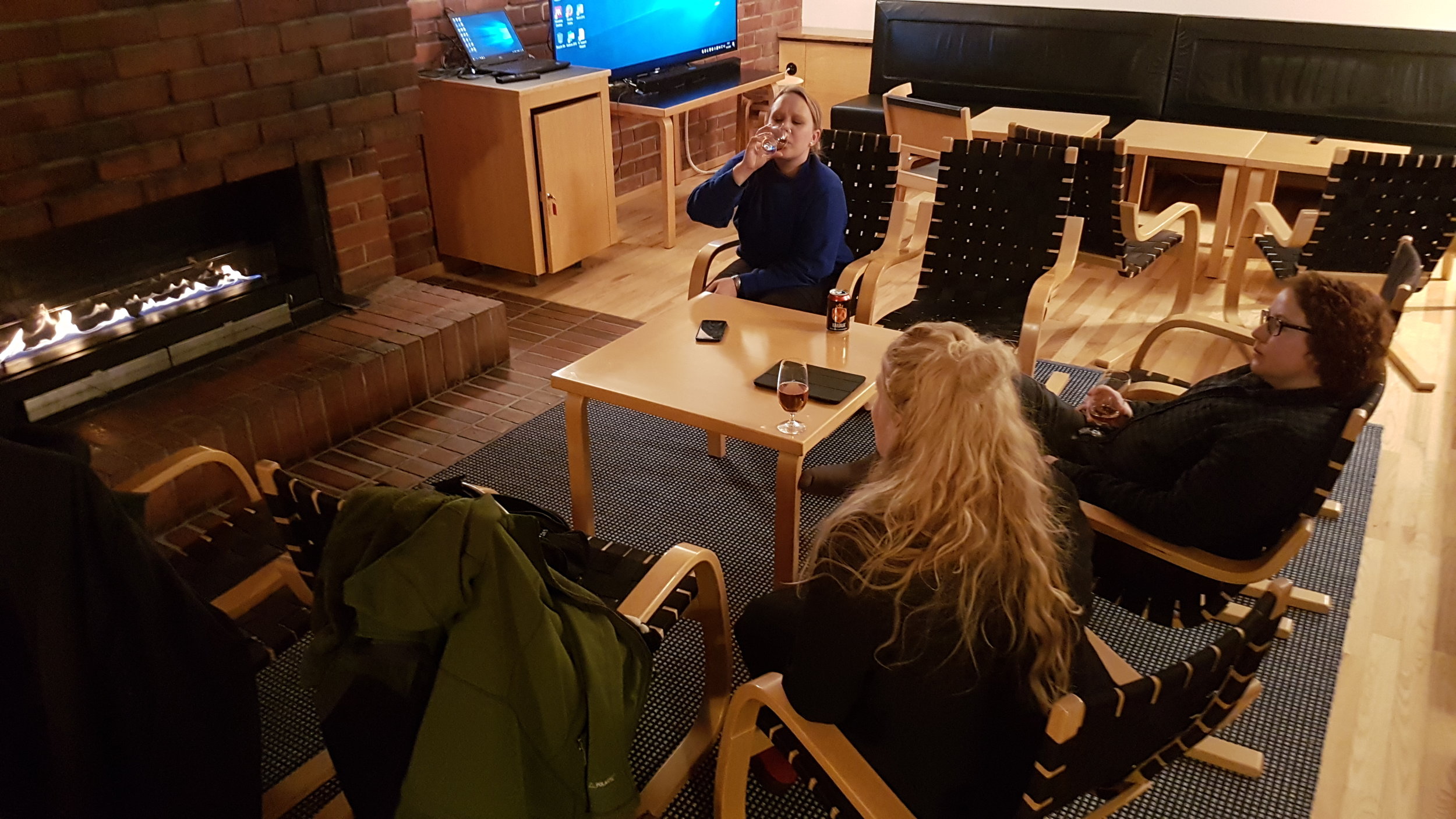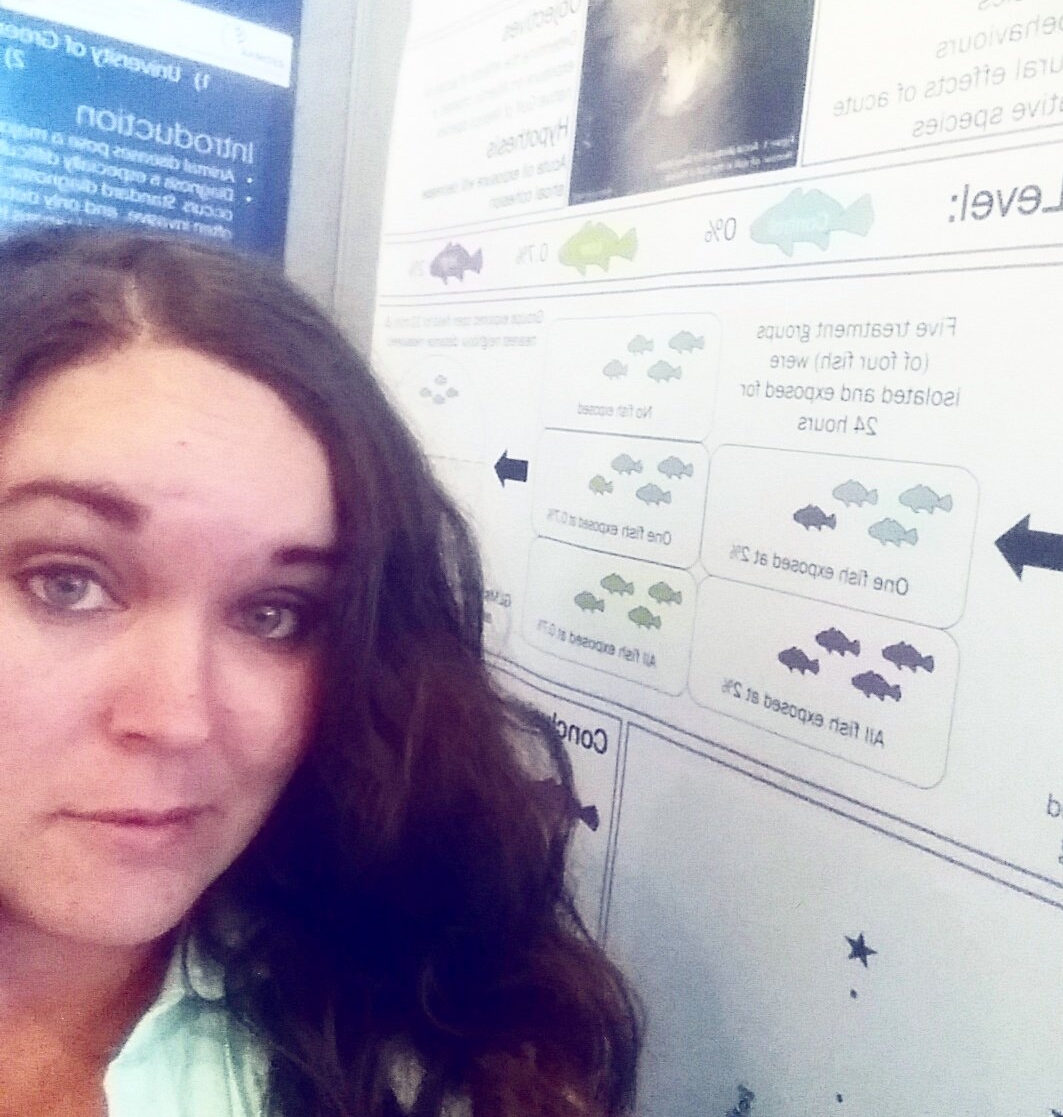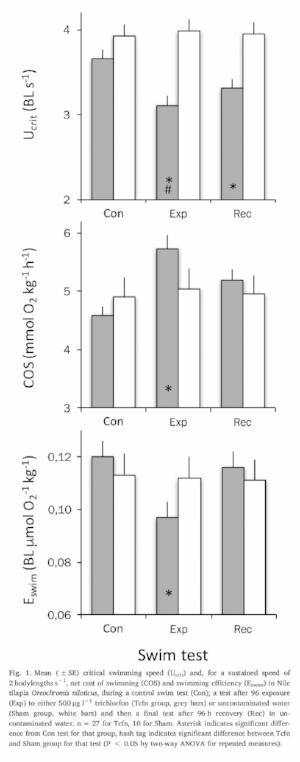This summer, Barbara, Magdalene, Jack and Shaun went to the North Sea Oceanarium in Denmark to run an ”upscaled” fishing experiment on Atlantic Cod. This work was done together with colleagues Junita Karlsen and Peter Skov from DTU, the Danish Technical University, and Albin Gräns and Per Hejlmstedt from SLU, the Swedish Agricultural University.
Part of the ERC PHYSFISH-project, this experiment aims to investigate why certain fish within species might be more vulnerable to capture by fishing than others and if this is because they differ in behavior, metabolism, or stress response. Before running fishing simulations, using trapping and angling, all fish where implanted with loggers continuously recording their heart-rate and then measured for their behavioural traits and metabolism.
Atlantic cod after being implanted with a heart rate logger.
Big fish, big experimental arena!
Some of the team posing in front of the big pelagic aquarium.
Experiencing Hirtshals’ famous nightlife.
Thanks to the staff at the North Sea Oceanarium for making this possible and to all for this great collaboration!
During the trip Shaun and Barbara also joined for the first year the annual ICES-FAO WGFTFB (Working Group on Fishing Technology and Fish Behaviour) meeting held in Hirtshals, Denmark to talk about the research done in the PhysFish-project. It was a great opportunity meeting scientists working on fishing gear technology and gear selectivity, including those that developed the cod pot used in our experiment! We also learned from the chairman Haraldur Einarsson, threatening to open a can of fermented shark is a rather efficient way to make speakers respect their presentation time…
Barbara presenting her poster.
